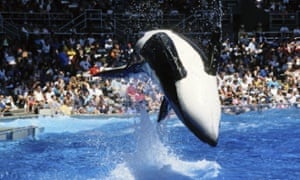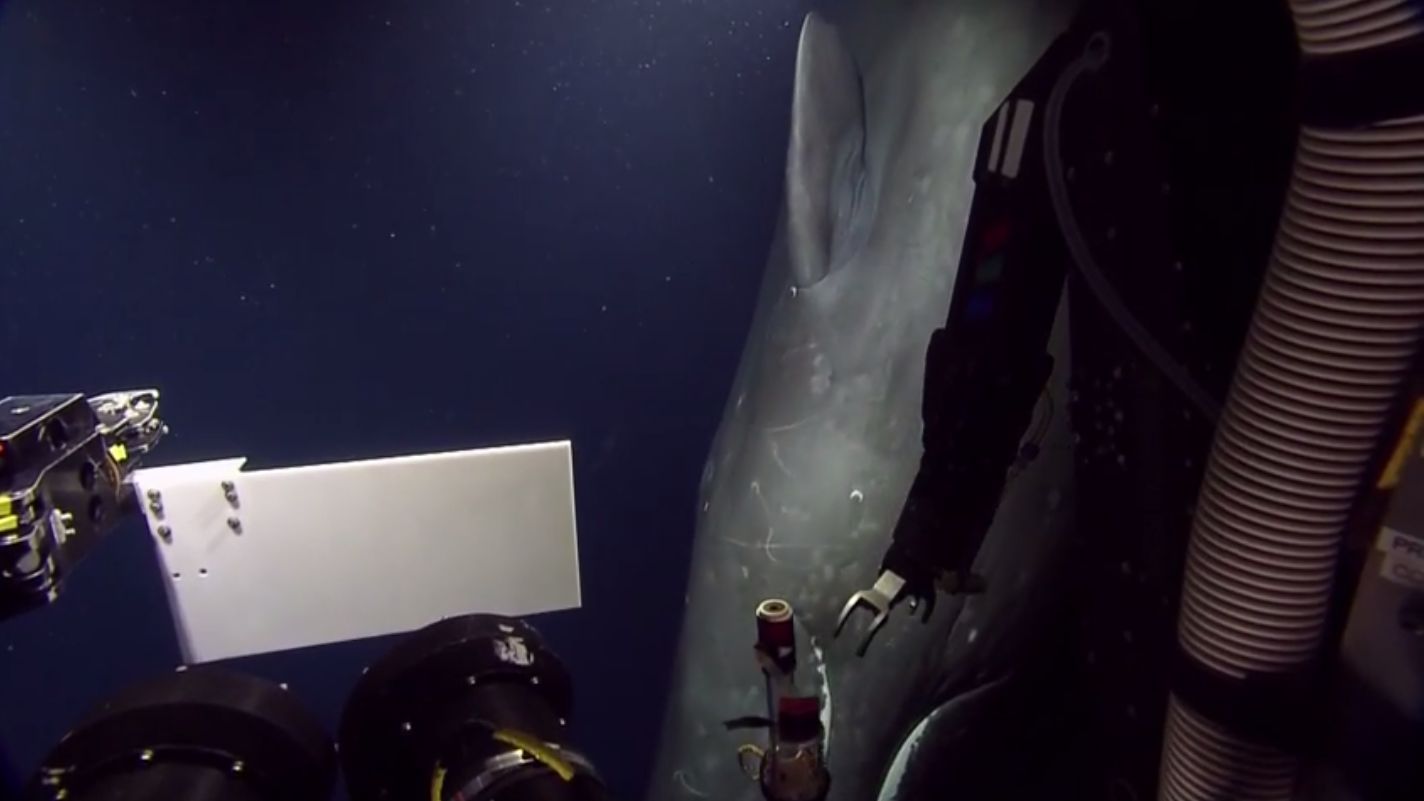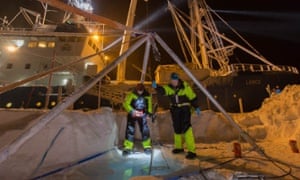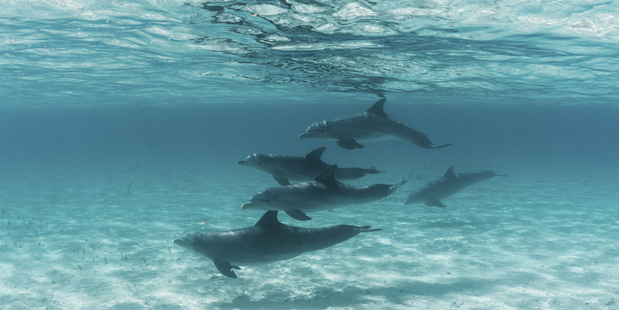1. A Challenge From Climate Change Regulations

As discussed in previous articles, the United States has established a target to reduce greenhouse gas emissions 30% over the next 15 years. In order to hit this target, the country will rely on natural gas, wind, and solar power sources. Utility companies are planning on increasing the power infrastructure but, the process will be a lengthy. Some officials are concerned that they may not be able to maintain reliable power during the transition. State and electric utility company are now asking the EPA to loosen the plan and extend the timeframe or allow some states to continue using coal fired power plants until the clean power sources are stable. Read more...
-----------------------------------------------
2. Reviving the $24 Trillion Ocean Economy
The ocean economy is noted as the seventh-largest economy in the world and is valued at $24 trillion. Unfortunately, this economic powerhouse is on a rapid decline. This week, the World Wildlife Fund published the report entitled Reviving the Oceans Economy: The Case for Action-2015 to discuss how critical this economy is to the future of humanity. Seventy percent of the ocean's value relies on its continued health. The report discusses the ocean's assets, importance of the ocean to human well-being, and actions to help recover. To read the full WWF report click here...
-----------------------------------------------
3. Shark Week 2015
A few months ago we heard the new CEO of the Discover Channel, Rick Ross, pledge to discontinue fake documentaries and shows on the channel. As the 2015 Shark Week approaches, we are interested to see what footage the channel selects to showcase real lives of sharks. Take a look at the promotions that were just released! Watch here...
-----------------------------------------------
4. Sea Lion Pup Abducted From Los Angeles Beach
The National Oceanic and Atmospheric Administration has been investigating the abduction of a ten month old sea lion pup. On Sunday morning four people took the pup off of the Dockweiler State Beach after taunting the animal. The Los Angeles Police Department is offering a $5,000 reward for an information that leads to the arrest of the thieves. The sea lion is a protected species under the Marine Mammal Protection Act. Read more...
-----------------------------------------------
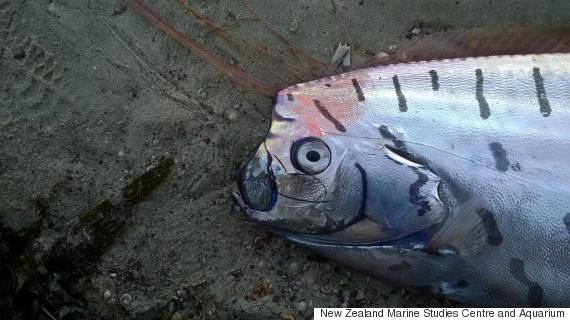 This week a 10- foot long oarfish was found at a salt marsh near Otago Harbor in New Zealand. Oarfish encompasses a group of fish that are known for their ability to self- amputate several times over the course of their lives. The fish are normally found in deep water in tropical temperatures which makes this particular sighting rare. Read more...
This week a 10- foot long oarfish was found at a salt marsh near Otago Harbor in New Zealand. Oarfish encompasses a group of fish that are known for their ability to self- amputate several times over the course of their lives. The fish are normally found in deep water in tropical temperatures which makes this particular sighting rare. Read more...
-----------------------------------------------
The World Association of Zoos and Aquariums (WAZA) has suspended the Japanese Association of Zoos and Aquariums (JAZA) after uncovering its involvement in dolphin hunts in Taiji. As told in the documentary The Cove, Japanese aquariums have taken dolphins from the hunts. Over the last five years more than 5,000 dolphins have been killed at Taiji and 750 captured for aquariums. Read more...
-----------------------------------------------
Surprise! Look at that "Shelfie" on the right. While on Apo Island in the Philippines, a group of snorkellers took a photo and had a surprising photobomb from a green sea turtle. The area is actually a community-managed marine protected area and serves as a feeding ground for these turtles. What an amazing and hilarious shot! Read more...
-----------------------------------------------
8. Billions of Blue Jellyfish Wash Up on American Beaches
-----------------------------------------------
Robert Spencer, Assistant Professor of Oceanography at Florida State University, published a report in Geophysical Research Letters that supported the hypothesis that carbon held in permafrost is being transferred to the atmosphere. As the permafrost soil thaws, carbon is released and utilized by microbes. The microbes then release it back to the atmosphere in the form of carbon dioxide. Spencer's team studied the thawing permafrost in Siberia for two years. Read more...
-----------------------------------------------
Be sure to "LIKE" http://facebook.com/SeaSave to ensure our "Week in Review" is delivered to your newsfeed every Thursday.
Sea Save Foundation is committed to raising awareness of marine conservation. The Week in Review is a team effort produced by the Sea Save staff to provide a weekly summary of the latest in marine research, policy, and news.
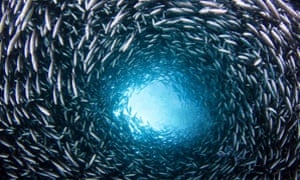
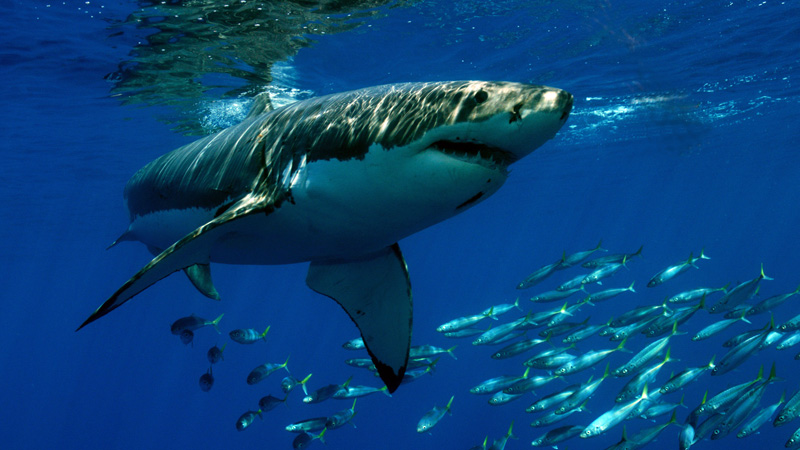



-3sfw.adapt.945.1.jpg)





